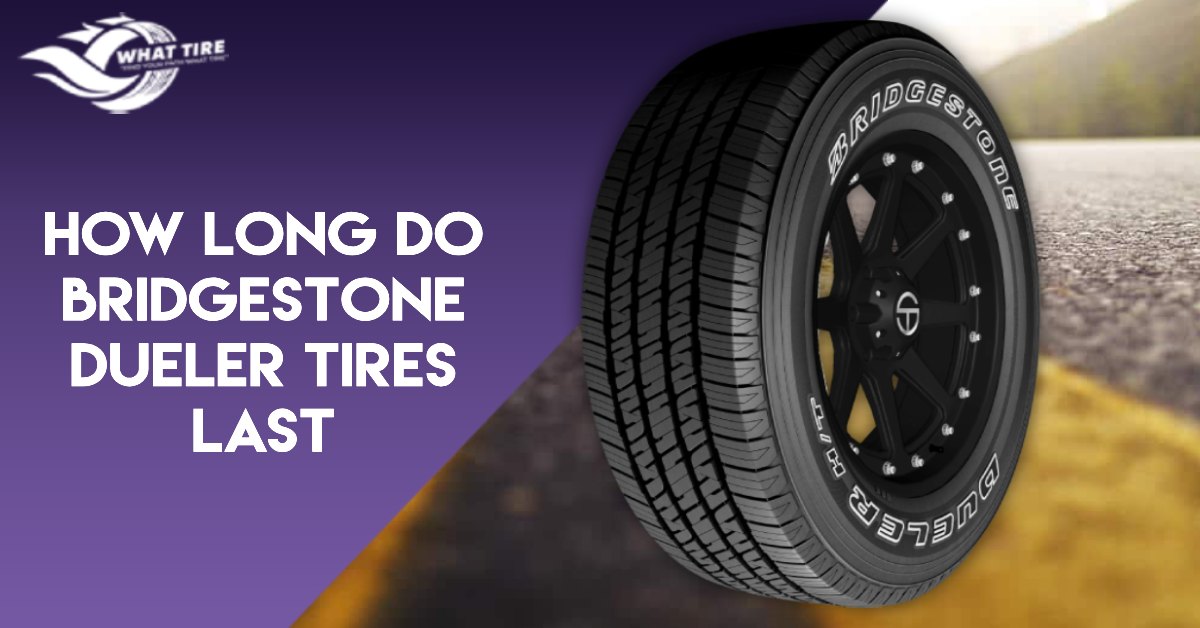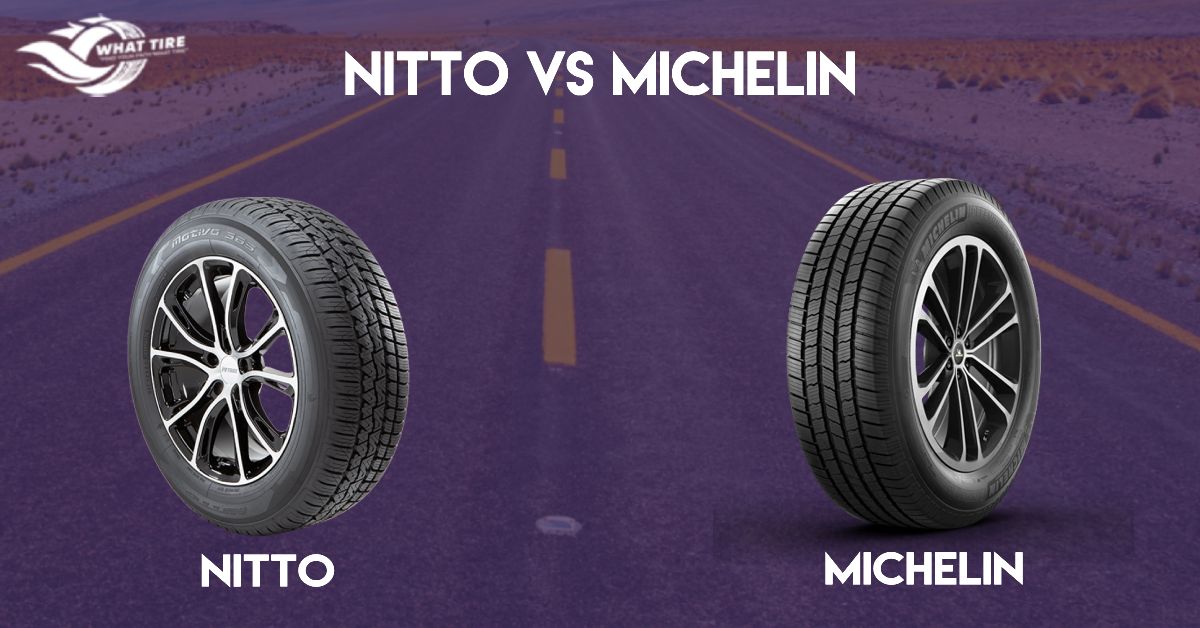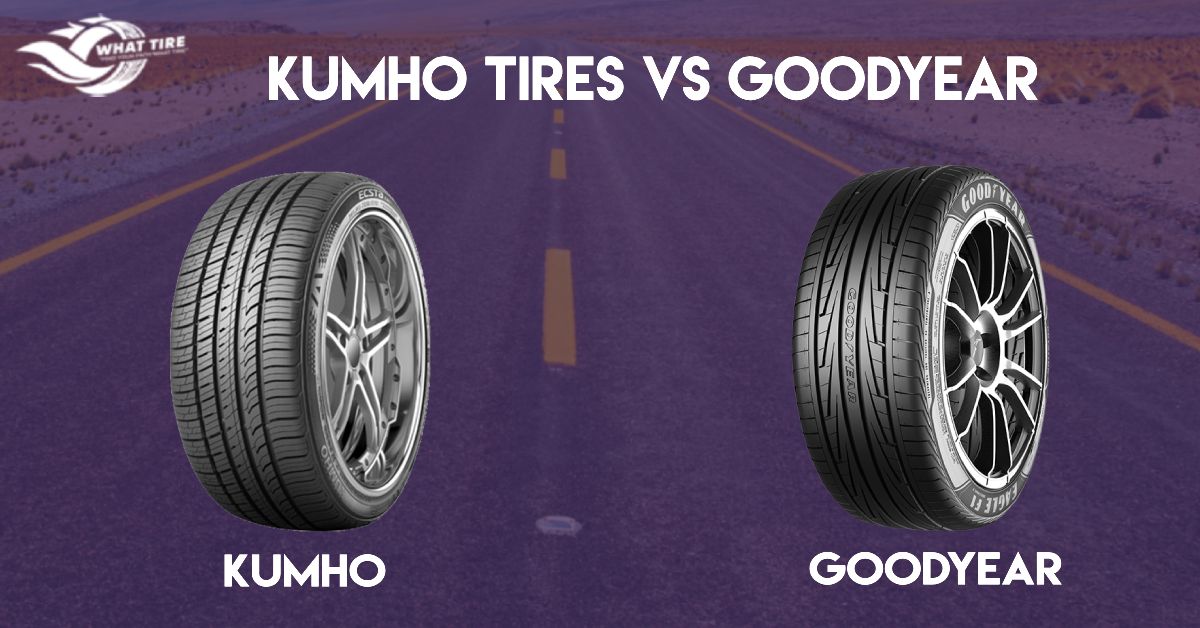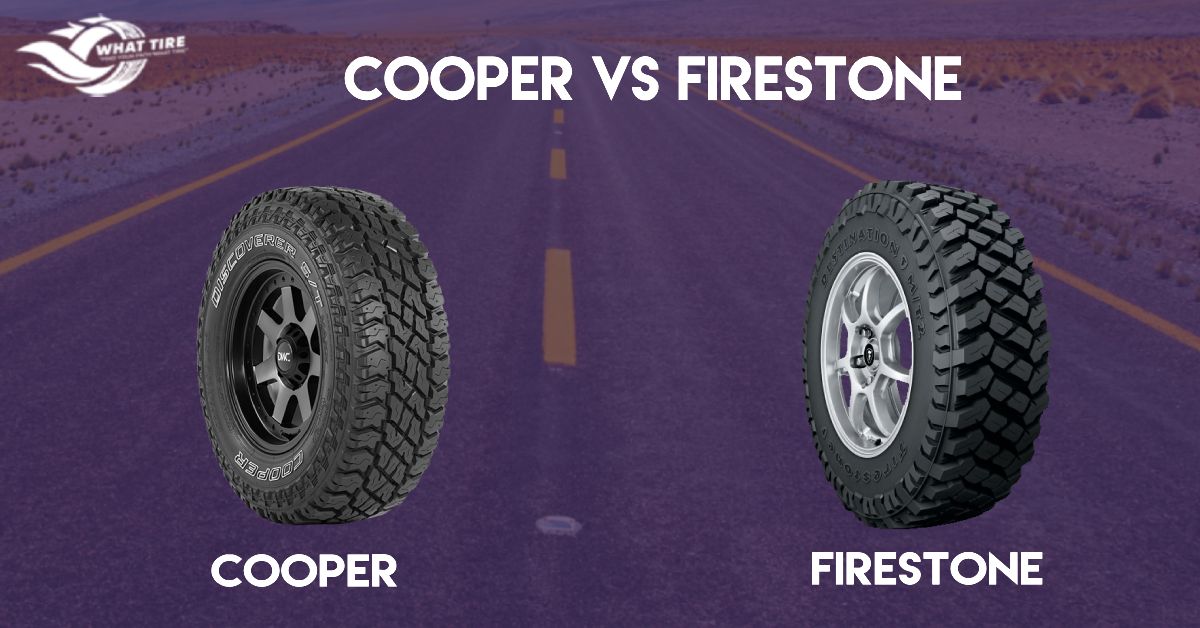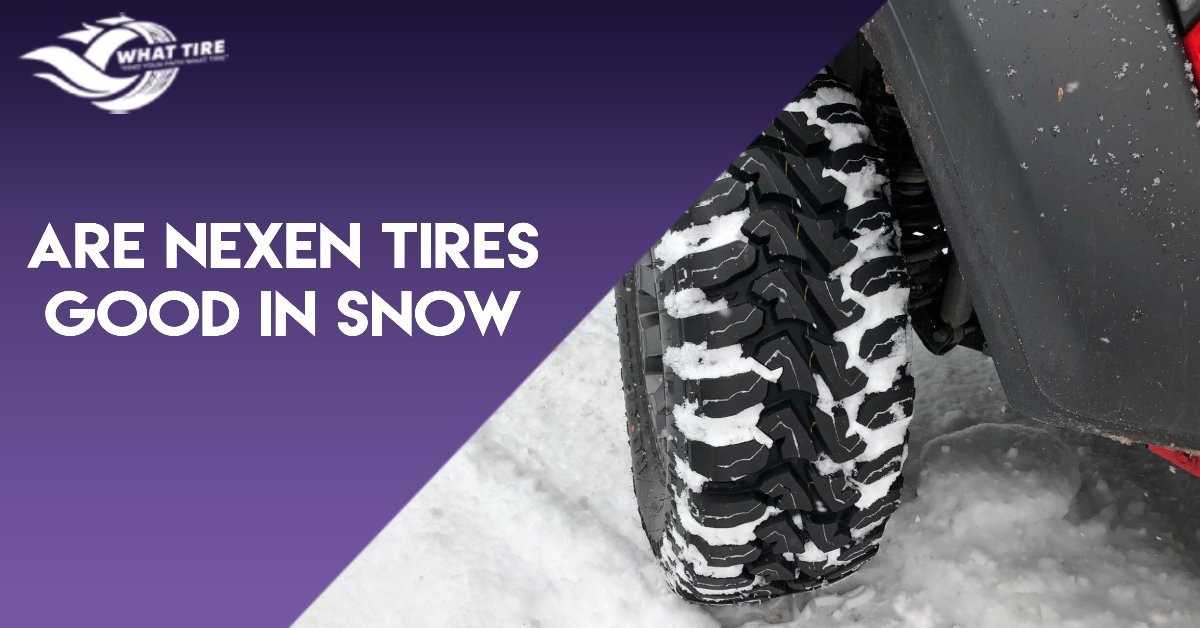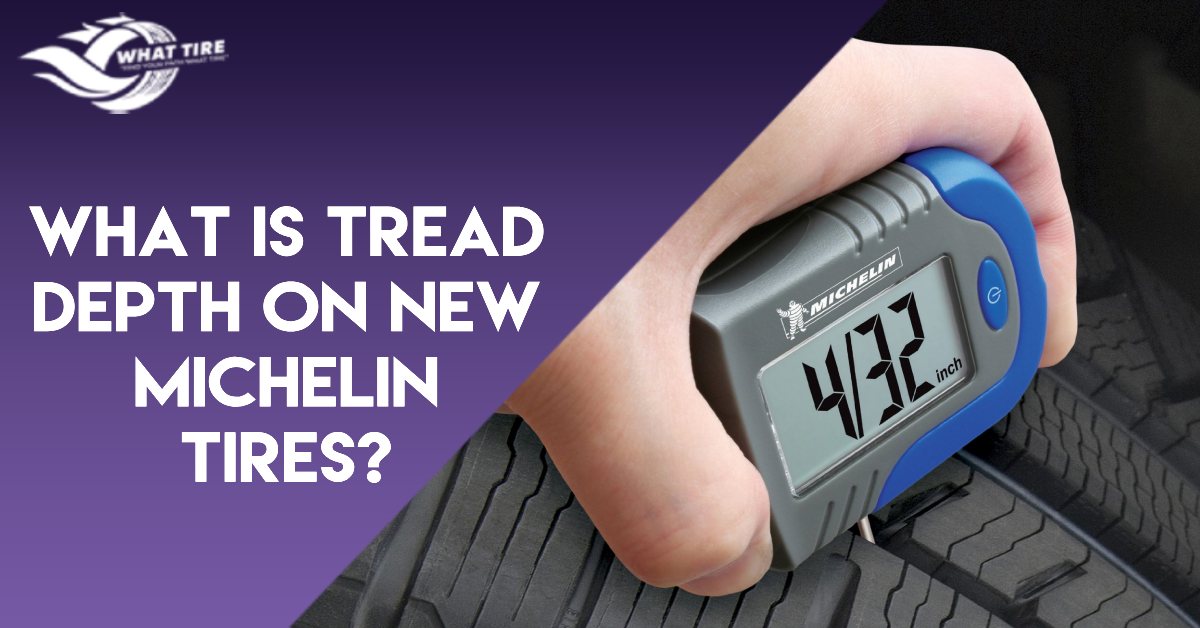Understanding new Michelin tire tread depth may seem like a small detail, but it plays a critical role in the safety of your vehicle. Specifically focusing on Michelin tires, this guide aims to simplify the concept of tread depth and its significance.
As one of the leading tire manufacturers, Michelin places great emphasis on ensuring optimal tread depth for their products.
In this post, we will cover everything you need to know about tread depth on new Michelin tires, including how to check it, why it matters, and what to do if your tires are showing signs of wear.
Let’s learn in detail about tire tread, its depth, measurement, and maintenance.
Table of Contents
ToggleWhat Is Tread Depth on New Michelin Tires?
The average tread depth on new Michelin tires typically ranges from 10/32 to 11/32 of an inch depending on the tire model you choose.
Tread depth on new Michelin tires refers to the vertical measurement of the rubber between the tire’s outer surface and the grooves or channels within the tread pattern. It is a fundamental aspect of tire construction.
It measures the thickness of the rubber that makes contact with the road surface. In the case of Michelin tires, this measurement directly impacts traction, handling, and overall tire performance.
Tread depth is crucial because it plays a vital role in dispersing water and providing grip, particularly on wet or slippery roads.
Insufficient tread depth can compromise safety by reducing a tire’s ability to channel water away, leading to hydroplaning.
Maintaining the right tread depth is essential to ensure your Michelin tires perform optimally and keep you safe on the road.
The Role of Tread Depth
The tread on a tire serves multiple purposes, with its depth influencing various aspects of tire performance. Adequate tread depth is essential for optimal traction, especially in adverse weather conditions like rain or snow.
It helps prevent hydroplaning by channeling water away from the tire’s contact patch, ensuring better grip on wet surfaces.
Signs of Tread Wear
For timely tire maintenance and replacement, it’s crucial to know the signs of tire tread wear. Here are six indicators that your Michelin tires may be experiencing tread wear:
1. Uneven Wear Patterns
Inspect your tires for uneven wear across the tread. If you notice that certain areas of the tire have significantly less tread than others, it can indicate alignment issues or improper tire inflation, which need to be addressed promptly.
2. Bald Spots
Bald spots are smooth, worn patches on the tire’s tread, typically caused by prolonged skidding or sudden stops. These areas have lost their tread depth and should be addressed to ensure proper traction.
3. Tread Depth Indicators
Michelin tires, like most modern tires, feature built-in tread wear indicators, often in the form of small rubber bars within the tread grooves.
When these indicators become level with the remaining tread, it’s a clear sign that it’s time for replacement.
4. Cracks in the Tread
Cracks, cuts, or splits in the tire tread, commonly caused by aging, exposure to UV rays, or poor maintenance, can lead to reduced tire life and increased risk of blowouts.
5. Bulges and Blisters
Bulges or blisters on the tire sidewall or tread are often indicative of internal damage, possibly from impacts with potholes or other road hazards. These weaken the tire’s structure and can lead to a blowout if not addressed.
6. Vibration or Wobbling
If you experience unusual vibrations or wobbling while driving, it can be a sign of uneven tire wear. Such symptoms often result from imbalanced tires or suspension issues and should be inspected promptly.
Michelin Tire Tread Depth Recommendations
Michelin sets specific tread depth requirements for their various tire types. Adhering to these recommendations is essential for maximizing the performance, safety, and longevity of your Michelin tires.
Let’s learn about tread depth requirements for Michelin tires for different types of tires and learn when it’s time to replace them.
1. Passenger Car Tires
For most standard passenger car tires from Michelin, the recommended tread depth for new tires is typically between 10/32 to 11/32 of an inch. This ample tread depth ensures excellent grip and handling.
It’s advisable to replace these tires when the tread depth reaches around 2/32 of an inch.
2. Performance Tires
Michelin’s performance tires, designed for enhanced handling and speed, often come with a tread depth requirement similar to passenger car tires, between 10/32 to 11/32 of an inch.
Replace performance tires when the tread depth approaches 2/32 of an inch.
3. SUV and Light Truck Tires
Michelin’s best light truck and best SUV tires, engineered for varying road conditions, often have a starting tread depth of 12/32 to 13/32 of an inch.
Replacement is recommended when the tread depth reaches approximately 4/32 of an inch.
4. Winter Tires
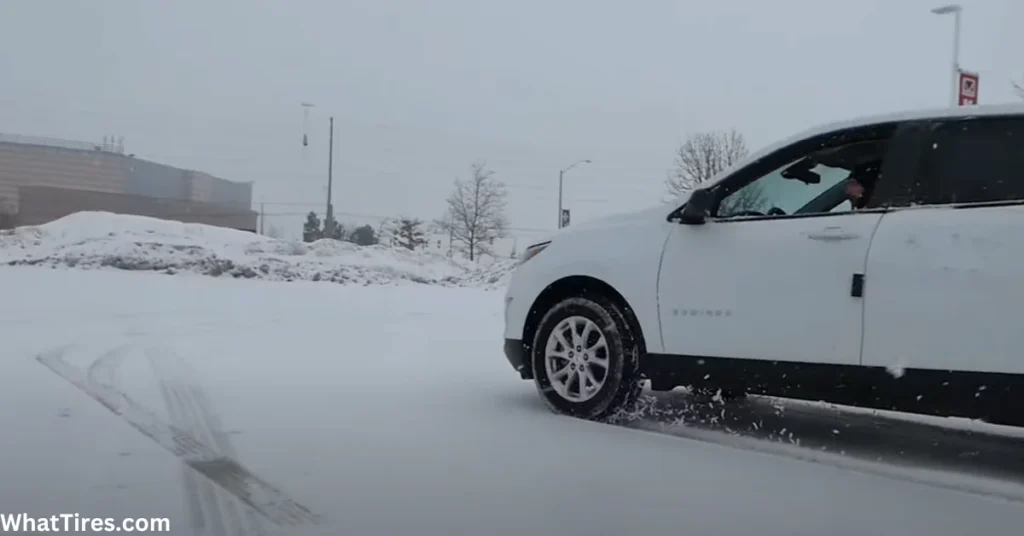
Michelin winter tires, designed to provide exceptional grip in snow and icy conditions, typically begin with a tread depth of 12/32 to 13/32 of an inch.
Due to their specialized nature, it’s best to replace winter tires when the tread depth falls to around 6/32 of an inch.
5. All-Season Tires
Michelin’s all-season tires, versatile for various road conditions, often come with a starting tread depth of 10/32 to 11/32 of an inch.
Consider replacing all-season tires when the tread depth reaches approximately 4/32 of an inch.
Michelin Tire Tread Depth Measurement
Properly assessing the tread depth on your Michelin tires is a crucial aspect of tire maintenance. It ensures that your tires remain safe and provide optimal performance.
There are a few methods to measure tire tread depth, and in this section, we’ll explore these methods in detail.
1. Penny Test
The penny test is a straightforward and cost-effective method to gauge your tire’s tread depth. Here’s how to perform it:
- Take a penny and insert it into the tire’s tread groove with Lincoln’s head facing down.
- If the top of Lincoln’s head is visible or mostly visible, your tire’s tread depth is insufficient, indicating a need for replacement. On the other hand, if the tread covers part of Lincoln’s head, your tires likely have adequate depth.
It’s essential to perform this test in multiple locations across the tire to account for any uneven wear patterns.
2. Tread Depth Gauge
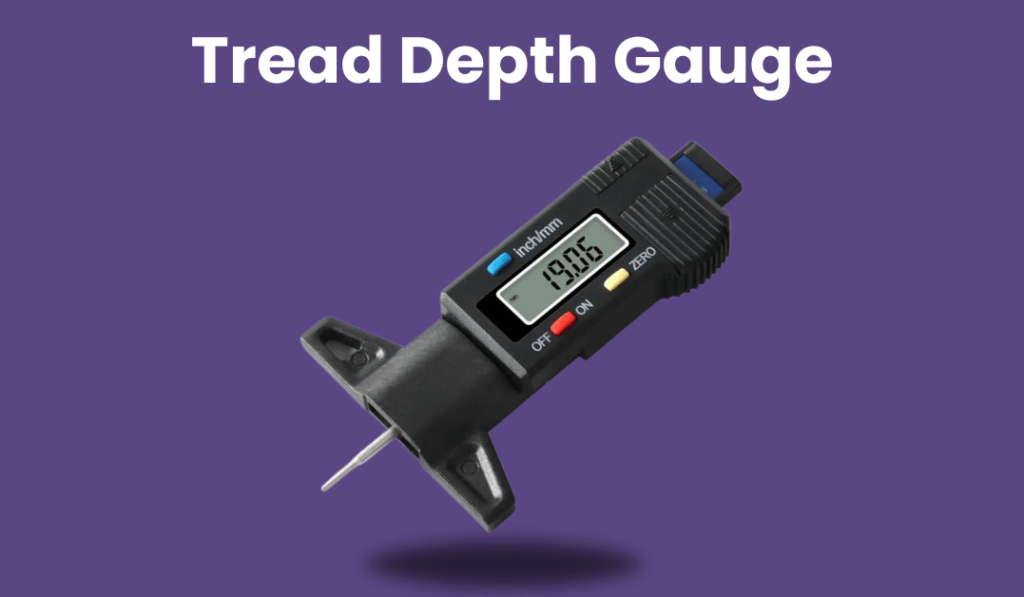
For a more precise measurement, consider using a tread depth gauge, which you can easily find at auto parts stores. Follow these steps:
- Insert the gauge’s probe into the tread groove at various points on the tire’s surface.
- Take multiple measurements to ensure accuracy.
- Compare the recorded measurements to the manufacturer’s recommended tread depth, which varies based on tire type and usage.
3. Tread Wear Indicators (TWI)
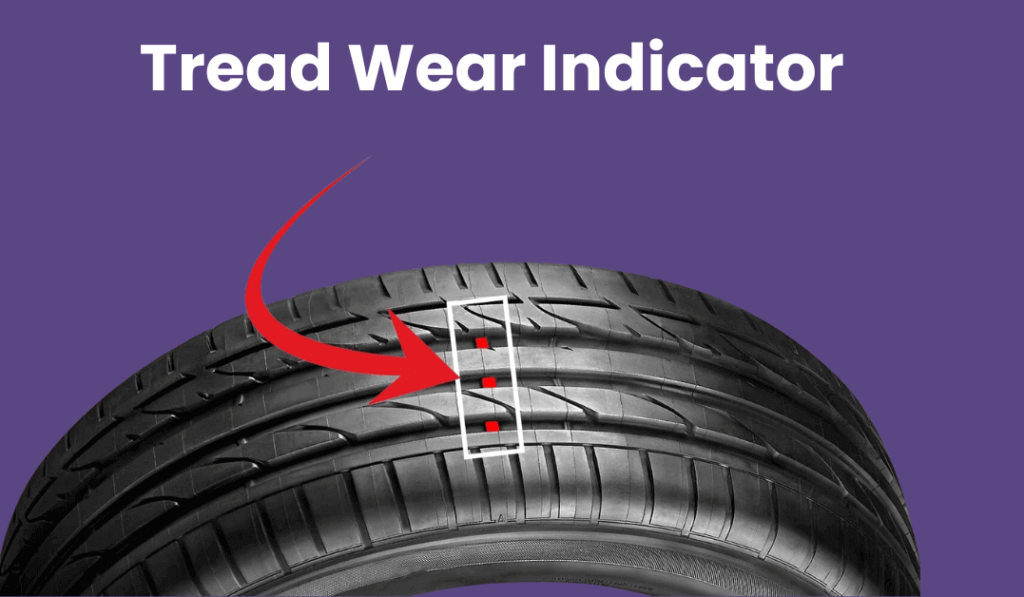
Most Michelin tires, like other modern tires, are equipped with tread wear indicators, indicated by small rubber bars within the tread grooves.
These indicators serve as built-in references for tread depth. When the tread wears down to the level of these indicators, it signifies that the tire’s usable life is ending, and it’s time for a replacement.
How to Reduce Michelin Tire Tread Wear?
Proper tire maintenance is key to extending the life of your Michelin tires and ensuring they perform at their best. Here are a few valuable tips on how to reduce tire tread wear:
1. Regular Tire Rotations
Rotating your tires at recommended intervals ensures even wear across all four tires. Michelin typically suggests tire rotation every 6,000 to 8,000 miles or as specified in your vehicle’s owner’s manual.
And make sure to check if your tire needs alignment after rotation.
2. Proper Tire Inflation
Maintaining the correct tire pressure is critical. Underinflated tires increase rolling resistance and heat buildup, leading to accelerated tread wear. Overinflated tires can result in the center of the tread wearing faster.
3. Wheel Alignment
Misaligned wheels can cause uneven tire wear. Regularly inspect your vehicle’s wheel alignment and have it adjusted as needed to ensure all four tires make even contact with the road.
4. Smooth Driving Habits
Avoid aggressive driving behaviors such as hard braking, rapid acceleration, and sharp cornering. These actions put additional stress on your tires and can lead to faster wear.
5. Properly Balanced Wheels
Wheel balancing helps distribute weight evenly across the tires, reducing uneven wear. Ensure your Michelin tires are balanced correctly when rotated or replaced.
6. Avoid Overloading
Exceeding your vehicle’s weight limits can place excessive stress on the tires, leading to accelerated wear. Check your vehicle’s recommended weight limits in the owner’s manual and adhere to them.
7. Choose the Right Tires
When selecting Michelin tires, consider the specific type of tire that best suits your driving needs. Different Michelin tire models are designed for various conditions, so choosing the right one can help optimize tread life.
8. Regular Inspections
Periodically check your Michelin tires for signs of uneven wear, bulges, or cuts. Address any issues promptly to prevent further damage and extend tire life.
Conclusion
In short, maintaining proper tread depth on your Michelin tires is not just a matter of tire care, it’s an important safety measure.
By following Michelin’s recommended tread depth, regular inspections, and mindful maintenance practices will ensure your tires serve you well and keep you safe on the road.
FAQ’s
Yes, Michelin tires can often be retreaded, extending their life by replacing the worn tread layer with new rubber.
Wheel alignment isn’t required with every rotation, but it’s essential if you notice handling issues or uneven tire wear.
Yes, Michelin run-flat tires follow similar tread depth recommendations, but be sure to consult the specific tire’s manual for details.
Michelin offers treadwear warranties for many of their tire models, providing coverage based on the number of miles driven.
Replace winter tires when the tread depth reaches around 6/32 of an inch, as they require deeper treads for winter performance.
Driving on tires with low tread depth compromises safety. It increases the risk of hydroplaning, reduced traction, and longer braking distances. Replace tires with insufficient tread depth promptly.
Regularly check your tire tread depth at least once a month. Additionally, before embarking on long journeys or during seasonal changes, a thorough inspection of tread depth is advisable.

